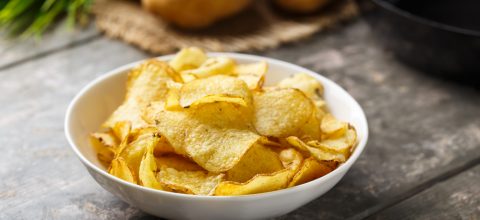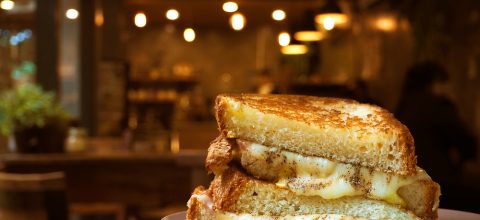There are many cuisines across the globe with flavors bursting, aromas punctuating the air and textures astounding the palate. For many chefs, we can visualize these cuisines in our minds from the hours of tasting, reading, cooking and exploring what is available to us. However, if you try to wipe those memories and learned senses and try to look at cooking from a monochromatic view, it really becomes a different experience. Think about wearing a set of VR goggles that mask the senses.
When you start looking at your cooking with these induced blinders on, you see techniques and processes that are similar across the globe. I have always said that cooking is not dictated by the French/Classical model based on the techniques of dry heat, wet heat and the traditional processes associated with them. We just happen to be taught these. One technique that is probably misunderstood is the French term pincer. This is the process of heating and caramelizing tomato paste in a hot pan to sweeten the paste by inducing a Maillard reaction. This is not only for color but for depth of flavor. This process is usually done at the beginning of the process and is part of a layering of flavors. It also creates textural qualities and acts as a thickener.
If you travel to Latin America, Italy and the Iberian Peninsula, you come across a similar process-but instead of using just tomato paste, flavors are built on the use of a soffritto. This is either prepared directly in the pan or as a slow-cooked paste made in advance to maximize the umami and flavor elements created in a controlled process and as part of a mise en place. Typically, it contains, garlic, onions, peppers, pork fat of some kind and tomato product. It can be processed smooth or course. I have started to make this in batches in my kitchen. I make a more Cuban style if you understand our family kitchen. It is best made on a regular basis and not frozen.
I then started to cross other borders and saw similarities in Indian and Southeast Asian cuisines, like the use of wet masalas and caramelized onions in Mogul and South Indian dishes. Thai dishes are based around various curry pastes. These are all made fresh, and when used, are thoroughly cooked to maximize flavor through reduction or searing to induce the enzymatic browning we all know and love.
In studying the Italian process, I began thinking about a battuto or raw ground paste that can be added to a dish at the end where the natural heat of a dish reacts with the mixture to release the natural aromas while thickening and creating a lush mouthfeel. Yes, pesto is a battuto. This battuto, when cooked, becomes a soffritto.
So now we can take off the VR goggles and use this process of both cooked and raw pastes as a foundation of a more plant-based diet and use a global approach. I have played around with the ideas of liquid mirepoix for thickening vegetable braises void of collagen, Indian “pestos” based on caramelized onions, paneer, garlic, ginger and spice pastes for soups and dals or fruit and herb-based soffrittos for interesting risottos and desserts.
It is amazing when you take away the flavors you might not enjoy in other cuisines and focus on the process. You can then incorporate your own cultural twist. Also, you don’t need to, buy those jars in the Latin section of the grocery store!
Slush Buddies

My good friend Eric is creating some great fruit bases that can be used for cocktails and infused beers. If you are in Greenville, SC this summer, check him out. Follow them on Instagram @slushbuddies!
Beer

This lush, malt-forward German lager brewed at the end of the brewing season and largered over the winter is a great way to kick off the spring in the Midwest because you don’t know if it’s going to be sunny in the morning with five inches of snow by the time you hit the sheets. Here is a traditional version.










